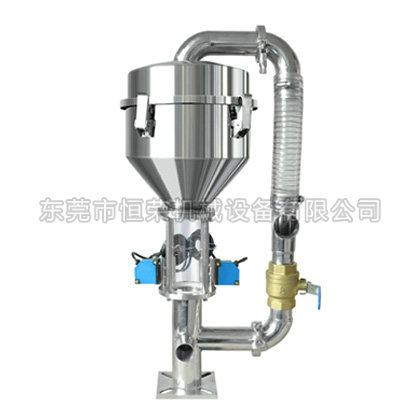
With the rapid development of modern industry, the manpower work alone can no longer complete the daily production volume required by enterprises. The emergence of automatic feeding system not only liberates the labor force but also increases the production efficiency and is an indispensable part of modern production . Then you know how many kinds of automatic feeding system can be divided into? Now follow the Hengrong technician to understand it.

Automatic feeding system types:
1. Injection molding machine centralized automatic feeding system
Injection molding machine centralized automatic feeding system can automatically feed a variety of raw materials, such as raw materials for drying, color processing, and waste recycling, can implement 24-hour automatic control, monitoring, do not require a lot of manual control, thereby reducing the Labor costs, but also improve the production efficiency. It also has a unique centralized dust recovery system that keeps the production floor clean and tidy.
2. Dry mortar automatic feeding system
Dry mortar automatic feeding system using industrial production, raw materials and mix strictly control to ensure the quality of mortar is stable and reliable, is the traditional construction site configuration mortar equipment can not match. It also has manual / automatic ingredients, etc., can be automatically switched between semi-automatic, better to meet the different construction conditions.
3. Aerated concrete automatic feeding system
Aerated Concrete Automatic Feeding System is an automatic control system specially designed and manufactured for aerated concrete equipment and brick machine manufacturers. Its operation is simple, the interface is friendly, the degree of intelligence is high, and the performance is stable and reliable. Controlled by the system of cementing materials, cement, slurry, aluminum powder ingredients, steam heating, control pouring mixer and automatic discharge loading ferry car, high work efficiency, saving more manpower.
As for how many automatic feeding systems can be divided into today, these automatic feeding systems with different functions all bring great convenience to industrial production, greatly reducing people's labor force and reducing work load pressure.